Meet our precious wildlife…
Vulnerable Glossy-Black Cockatoos Matter… these are the smallest of the Black Cockatoo family and move around in flocks of only two or three birds.
They are specialists, feeding exclusively on She-oak cones. You might spot the distinctive chewed cones that indicate Glossies are around!
They need big tree hollows to nest in, raising only a single chick every two years.
They mate for life.
Their red tail feathers are distinctive and females also have the yellow head spots.
Many birds and vast areas of she-oak forest were destroyed during the Black Summer bushfires. The large Dalmeny bushland area now has a draft concept which would wipe out an unburnt stronghold for these Glossies.
Cockatoo Images: Ann Christiansen
Yellow-bellied Gliders (also called Fluffy Gliders!) live within the proposed Dalmeny Development site.
Due to the vast areas of habitat lost in the Black Summer bushfires, land clearing and the threat of climate change these Gliders can now unfortunately be listed as threatened under State and Territory legislation.
Nocturnal, busy, social and vocal… Family groups make dens in hollow-bearing, living trees that are usually 100 or more years old.
They need large areas of mature, diverse eucalyptus forest that has not been disturbed by logging… which exactly describes the area slated for development.
They feed on insects, pollen, nectar and tree sap. They use their lower incisor teeth to make v shaped cuts in the trunk of particular trees, returning to feed on the sap.
Fluffies love their family, live for at least 6 to 10 years and mate for life. The young stay in the pouch for 100 days then are left in the den for 2-3 months, being cared for by both parents before venturing out.
Hopefully they will live to glide through Dalmeny’s healthy, mature forest, over the gullies and creeks able to share the family den with next years little ones.







